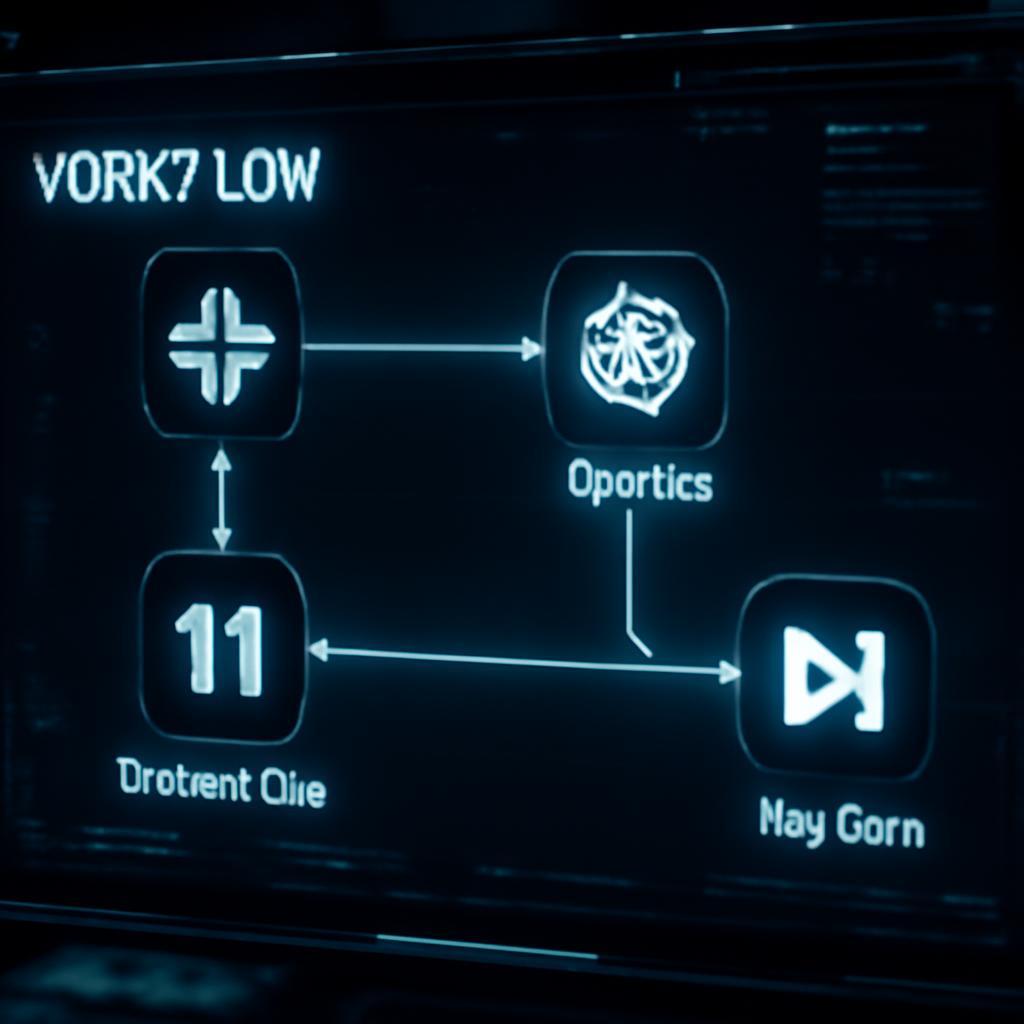Here’s How to Advance AI-Driven Phenotyping
Imagine a world where chronic obstructive pulmonary disease (COPD) can be diagnosed and treated with unprecedented precision. What if AI could unlock hidden patterns in medical images, leading to personalized therapies that significantly improve patients’ lives? This isn’t a distant dream; it’s the promise of a groundbreaking partnership between Thirona and the COPD Foundation.
The challenge in COPD research lies in the disease’s heterogeneity. COPD manifests differently in each patient, making it difficult to develop universally effective treatments. Traditional methods often fall short in capturing the complex interplay of factors that contribute to disease progression. This is where AI-driven phenotyping steps in, offering a powerful new approach to dissecting the complexities of COPD.
This blog post will delve into the Thirona-COPD Foundation partnership, exploring how it aims to revolutionize COPD research and treatment through advanced AI techniques. We’ll examine the specific research being conducted, the cutting-edge technologies being employed, and the potential impact on patients living with COPD. Expect to learn about:
- The power of AI in identifying distinct COPD phenotypes.
- How Thirona’s LungQ solution is transforming image analysis.
- The COPD Foundation’s crucial role in facilitating research and patient engagement.
- The future of personalized medicine for COPD.
Unlocking COPD’s Secrets with AI-Driven Phenotyping
What is AI-Driven Phenotyping?
Phenotyping, in the context of COPD, involves identifying distinct subgroups of patients based on their observable characteristics, such as symptoms, disease progression, and response to treatment. AI-driven phenotyping takes this concept to the next level by leveraging machine learning algorithms to analyze vast amounts of data, including medical images, genetic information, and clinical data, to uncover patterns that would be impossible for humans to detect.
Consider this: a study published in the American Journal of Respiratory and Critical Care Medicine demonstrated the potential of AI to identify novel COPD phenotypes associated with specific clinical outcomes. This highlights the power of AI to go beyond traditional classifications and reveal hidden relationships within the disease.
The Need for Precision in COPD Treatment
The current approach to COPD treatment often involves a one-size-fits-all strategy, which can be ineffective for many patients. By identifying distinct phenotypes, clinicians can tailor treatment plans to the specific needs of each individual, leading to improved outcomes and a better quality of life. As Dr. Meindert Niemeijer, founder and CEO of Thirona states, by working together Thirona can, “find better ways to diagnose and treat lung diseases”.
Imagine a scenario where AI identifies a phenotype of COPD patients who are particularly responsive to a specific type of bronchodilator. Armed with this knowledge, clinicians can prioritize this treatment for patients with that phenotype, avoiding the trial-and-error approach that often characterizes COPD management.
Thirona’s LungQ: A Game-Changer in Image Analysis
Automating and Enhancing Image Interpretation
Thirona’s LungQ is a sophisticated AI-powered solution designed to automate and enhance the interpretation of chest CT scans. This technology can identify and quantify various features of COPD, such as emphysema, airway wall thickening, and air trapping, with remarkable accuracy and speed.
According to Thirona’s website, LungQ can reduce the time required to analyze a chest CT scan by up to 75%. This not only frees up radiologists’ time but also improves the consistency and reliability of image interpretation.
Integrating with the COPD Foundation’s Data
A key aspect of the Thirona-COPD Foundation partnership is the integration of LungQ with the COPD Foundation’s extensive database of patient data. This will allow researchers to correlate imaging findings with clinical outcomes, genetic information, and other relevant data points, providing a more comprehensive understanding of COPD phenotypes. The COPD foundation brings a network of patients, researchers, and clinicians together to help drive innovation in the field.
For example, researchers could use LungQ to identify specific patterns of emphysema that are associated with a higher risk of exacerbations. This information could then be used to develop targeted interventions aimed at preventing these exacerbations and improving patients’ long-term health.
The COPD Foundation: A Catalyst for Research and Patient Engagement
Facilitating Collaboration and Data Sharing
The COPD Foundation plays a crucial role in facilitating collaboration among researchers, clinicians, and patients. By providing a platform for data sharing and knowledge exchange, the foundation accelerates the pace of discovery and ensures that research findings are translated into real-world improvements for patients.
The COPD Foundation’s COPDGene study, for instance, has collected a wealth of data on thousands of COPD patients, providing a valuable resource for researchers seeking to understand the genetic and environmental factors that contribute to the disease. This data, combined with Thirona’s LungQ technology, holds immense potential for unlocking new insights into COPD phenotypes.
Empowering Patients and Advocating for Change
The COPD Foundation is also committed to empowering patients and advocating for policies that improve their access to care. By providing educational resources, support groups, and advocacy initiatives, the foundation helps patients take control of their health and ensures that their voices are heard in the healthcare system.
The partnership with Thirona aligns perfectly with the COPD Foundation’s mission to improve the lives of people affected by COPD. By advancing AI-driven phenotyping, the partnership has the potential to transform the way COPD is diagnosed and treated, leading to better outcomes and a brighter future for patients.
The Future of Personalized Medicine for COPD
The Thirona-COPD Foundation partnership represents a significant step towards personalized medicine for COPD. By harnessing the power of AI to identify distinct phenotypes, this collaboration paves the way for targeted therapies that address the specific needs of each individual patient.
As AI technology continues to advance, we can expect to see even more sophisticated tools and techniques emerge for analyzing medical data and identifying novel biomarkers. This will further refine our understanding of COPD and enable us to develop even more personalized and effective treatments.
Remember our opening narrative? The future where AI unlocks hidden patterns in COPD isn’t so far away. The collaboration between Thirona and the COPD Foundation is bringing that vision closer to reality.
Ready to delve deeper into the transformative power of AI in healthcare? Explore Thirona’s LungQ solution and discover how it’s revolutionizing image analysis for respiratory diseases. [Link to Thirona website]




